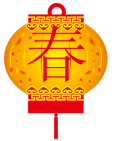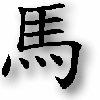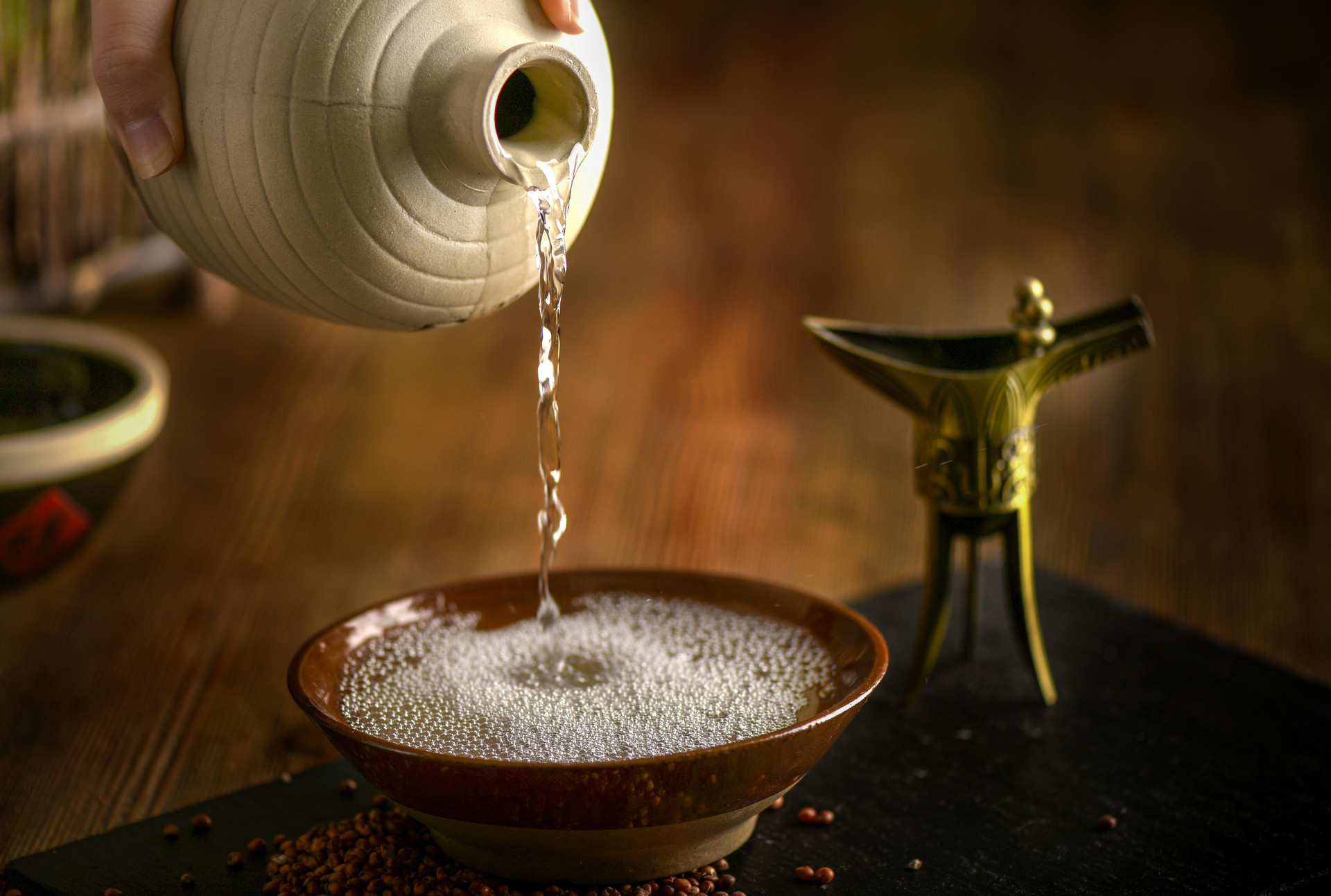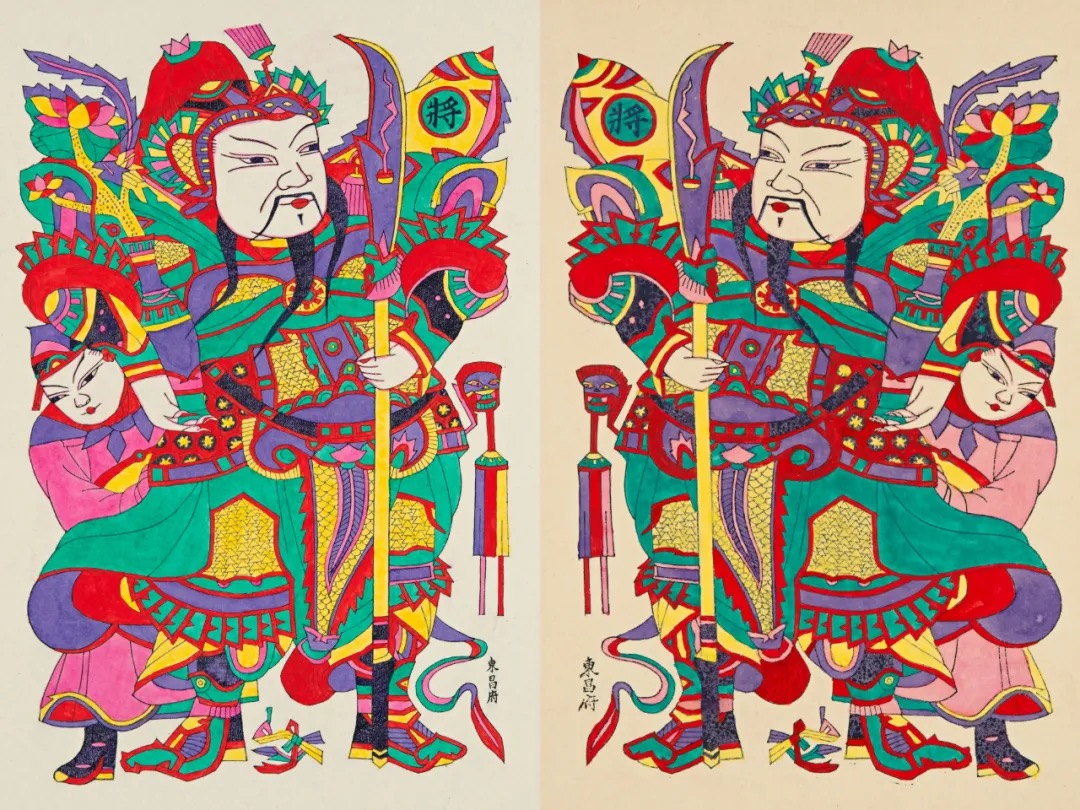
漢德百科全書 | 汉德百科全书
 春节
春节



16.02.1904 bis 03.02.1905 = Holz-Drache
03.02.1916 bis 22.01.1917 = Feuer-Drache
23.01.1928 bis 09.02.1929 = Erde-Drache
08.02.1940 bis 26.01.1941 = Metall-Drache
27.01.1952 bis 13.02.1953 = Wasser-Drache
13.02.1964 bis 01.02.1965 = Holz-Drache
31.01.1976 bis 17.02.1977 = Feuer-Drache
17.02.1988 bis 05.02.1989 = Erde-Drache
05.02.2000 bis 23.01.2001 = Metall-Drache
23.01.2012 bis 09.02.2013 = Wasser-Drache
10.02.2024 bis 28.01.2025 = Holz-Drache
28.01.2036 bis 14.02.2037 = Feuer-Drache
14.02.2048 bis 01.02.2049 = Erde-Drache
02.02.2060 bis 20.01.2061 = Metall-Drache
19.02.2072 bis 07.02.2073 = Wasser-Drache
06.02.2084 bis 25.01.2085 = Holz-Drache
25.01.2096 bis 11.02.2097 = Feuer-Drache
12.02.2108 bis 30.01.2109 = Erde-Drache


25.01.1906 bis 12.02.1907 = Feuer-Pferd
11.02.1918 bis 31.01.1919 = Erde-Pferd
30.01.1930 bis 16.02.1931 = Metall-Pferd
15.02.1942 bis 04.02.1943 = Wasser-Pferd
03.02.1954 bis 23.01.1955 = Holz-Pferd
21.01.1966 bis 08.02.1967 = Feuer-Pferd
07.02.1978 bis 27.01.1979 = Erde-Pferd
27.01.1990 bis 14.02.1991 = Metall-Pferd
12.02.2002 bis 31.01.2003 = Wasser-Pferd
31.01.2014 bis 18.02.2015 = Holz-Pferd
17.02.2026 bis 05.02.2027 = Feuer-Pferd
04.02.2038 bis 23.01.2039 = Erde-Pferd
23.01.2050 bis 10.02.2051 = Metall-Pferd
09.02.2062 bis 28.01.2063 = Wasser-Pferd
27.01.2074 bis 14.02.2075 = Holz-Pferd
14.02.2086 bis 02.02.2087 = Feuer-Pferd
01.02.2098 bis 20.01.2099 = Erde-Pferd
19.02.2110 bis 07.02.2111 = Metall-Pferd

Maotai ist wohl der bekannteste Schnaps in China. Im Jahre 1915 wurde der Maotai-Schnaps auf der Internationalen Messe in Panama mit Goldmedaillen ausgezeichnet.
Das beliebte Getränk kommt aus der Gemeinde Maotai, die sich am Ufer des Chishui-Flusses befindet. Der Fluss Chishui grenzt die Provinz Guizhou und die Provinz Sichuan voneinander ab.
Bei einer Besichtigung der Gemeinde Maotai sollte man zwei Orte unbedingt besuchen. Der eine ist die Brennerei für den Maotai-Schnaps und der andere das Museum für die chinesische Spirituosenkultur.
Bei der Besichtigung der Maotai-Brennerei verrät uns der Geschäftsführer der Brennerei, Qiao Hong, das Geheimnis des Erfolges vom Maotai-Schnaps. Das liege nämlich im feuchten Klima und in der einzigartigen Brenntechnik:
"Die Gemeinde Maotai befindet sich in einer besonderen geographischen Lage. Hier gedeihen Mikroorganismen, die besonders gut für die Gärung des Schnapses sind. Die Topographie, die Wasserqualität, die Temperaturen und die Feuchtigkeit, ja sogar die Windrichtung und die Beschaffenheit der Erde ergeben zusammen ein ideales Umfeld für die Mikroorganismen."(Quelle:http://www.kaisertour.cn)
Maotai or Moutai is a style of baijiu, a distilled Chinese liquor (spirit), made in the town of Maotai in China's Guizhou province. Produced by the state-owned Kweichow Moutai Company, the beverage is distilled from fermented sorghum and now comes in several different varieties.[1]
Maotai originated during the Qing Dynasty (1644–1912), when northern Chinese distillers introduced advanced techniques to local processes to create a distinctive type of baijiu. Thereafter Maotai was produced at several local distilleries. During the Chinese Civil War, People's Liberation Army forces camped at Maotai and partook of the local liquor. Following the Communist victory in the war, the government consolidated the local distilleries into one state-owned company, Kweichow Moutai (the name is an old romanization of "Guizhou Maotai"). It became very popular drink at state functions and one of the country's most popular spirits.[1]
Le maotai ou maotaijiu, (chinois simplifié : 茅台酒 ; chinois traditionnel : 茅臺酒 ; pinyin : ) est une marque de baijiu, alcool blanc distillé à base de sorgho fermenté, très populaire en Chine2. Le maotai tient son nom d'une ville proche de Zunyi dans la province du Guizhou, dans laquelle il est produit.
Il Maotai (o Moutai come viene scritto sulla etichetta, in cinese tradizionale 茅台酒, cinese semplificato 茅台酒, pinyin Máotái jiǔ) è il liquore più famoso di tutta la Cina. È distillato nel paese omonimo sito nel distretto di Renhuai, provincia del Guizhou (prefettura di Zunyi), Cina sud-occidentale.
Moutai o Maotai es un tipo de baijiu o licor chino, producido en el pueblo homónimo, en la ciudad de Renhuai, provincia de Guizhou, al sudoeste de China.
El Moutai (D.O.P), que es posiblemente el más famoso de los baijiu, se obtiene del proceso de destilación de un fermento de sorgo y trigo, y se produce exclusivamente a las orillas del río Chishui en la ciudad de Moutai. Es el originador y referente del licor aromático koji Jiang de China. Hace un siglo atrás, el Moutai fue nombrado como uno de los tres destilados principales del mundo, junto con el cognac francés y el whisky británico. Moutai tiene una historia muy larga. En 135 aC., su predecesor, el licor Jujiang, fue elegido como un tributo imperial. Hoy en día, la tradicional y antigua técnica se integra perfectamente con la tecnología moderna para la creación de la marca de licor destilado No. 1 y uno de las marcas de bebidas espirituosas más valuadas en el mundo, el "Kweichow Moutai".
Маотай (кит. трад. 茅臺酒, упр. 茅台酒, пиньинь máo tái jiǔ, палл. маотайцзю) — китайский крепкий алкогольный напиток (байцзю), названный в честь городка Маотай (茅台镇, пиньинь: Máotái zhèn) в провинции Гуйчжоу, где он производится. Производит напиток компания Kweichow Moutai. Маотай производится из сорго. Крепость варьируется от 53 % до 55 %[1].

人工酿酒的先决条件,是陶器的制造。 否则,便无从酿起。在仰韶文化遗址中,既有陶罐,也有陶杯。由此可以推知,约在六千年前,人工酿酒就开始了。《孔丛子》有言:“尧舜千钟。”这说明在尧时,酒已流行于社会。“千钟”二字,则标志着这是初级的果酒。《史记》记载,仪狄造“旨酒”以献大禹,这是以粮酿酒的发端。自夏之后,经商周,历秦汉,以至于唐宋,皆是以果粮蒸煮,加曲发酵,压榨而后酒出。不少西方人都以为米酒是日本人的创造,但岂知,它实际上是中国人首先酿造的含酒精的饮料。而日本酿造清酒的技术是从中国引进的。早在公元前1500年,中国的甲骨文中就提到用酒祭祀之事,公元前8世纪,中国古代诗人也曾作诗描绘人喝醉酒的情景。至迟在公元前1000年左右,中国就发明了发酵酿酒的技术,使酿出的酒中酒精浓度比普通啤酒至少高三倍。中国优越的造酒技术,在于最早使用曲来酿酒,并且还发现要提高酒中的酒精浓度,只要在发酵过程中不断加进熟的并经过浸泡的谷物即可。这是世界第一流的酿酒技术,它酿出了高浓度的饮料。这种技术只是在数世纪前才流传到日本以及世界各国。因此,可以讲最早发明米酒的是中国。
 传统
传统

 生肖星座
生肖星座
 假期和旅游
假期和旅游





 美食家
美食家










